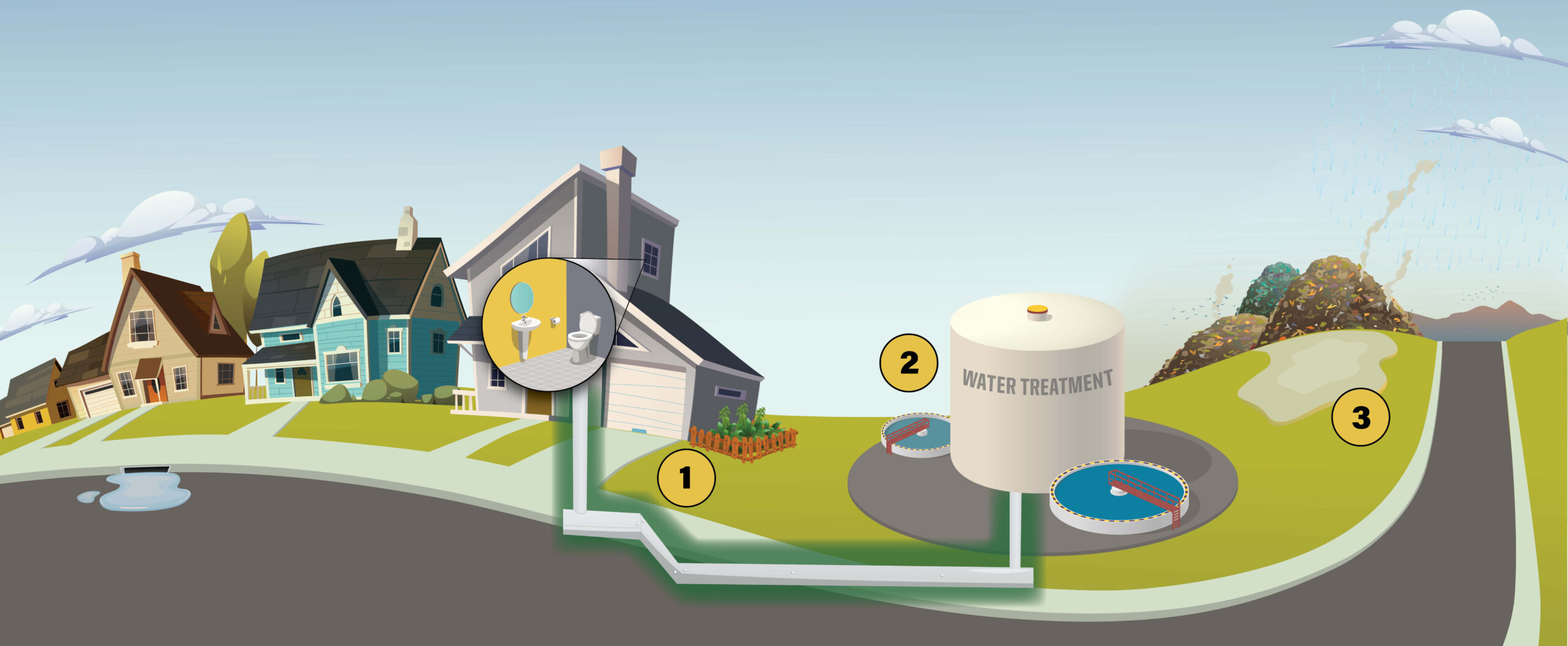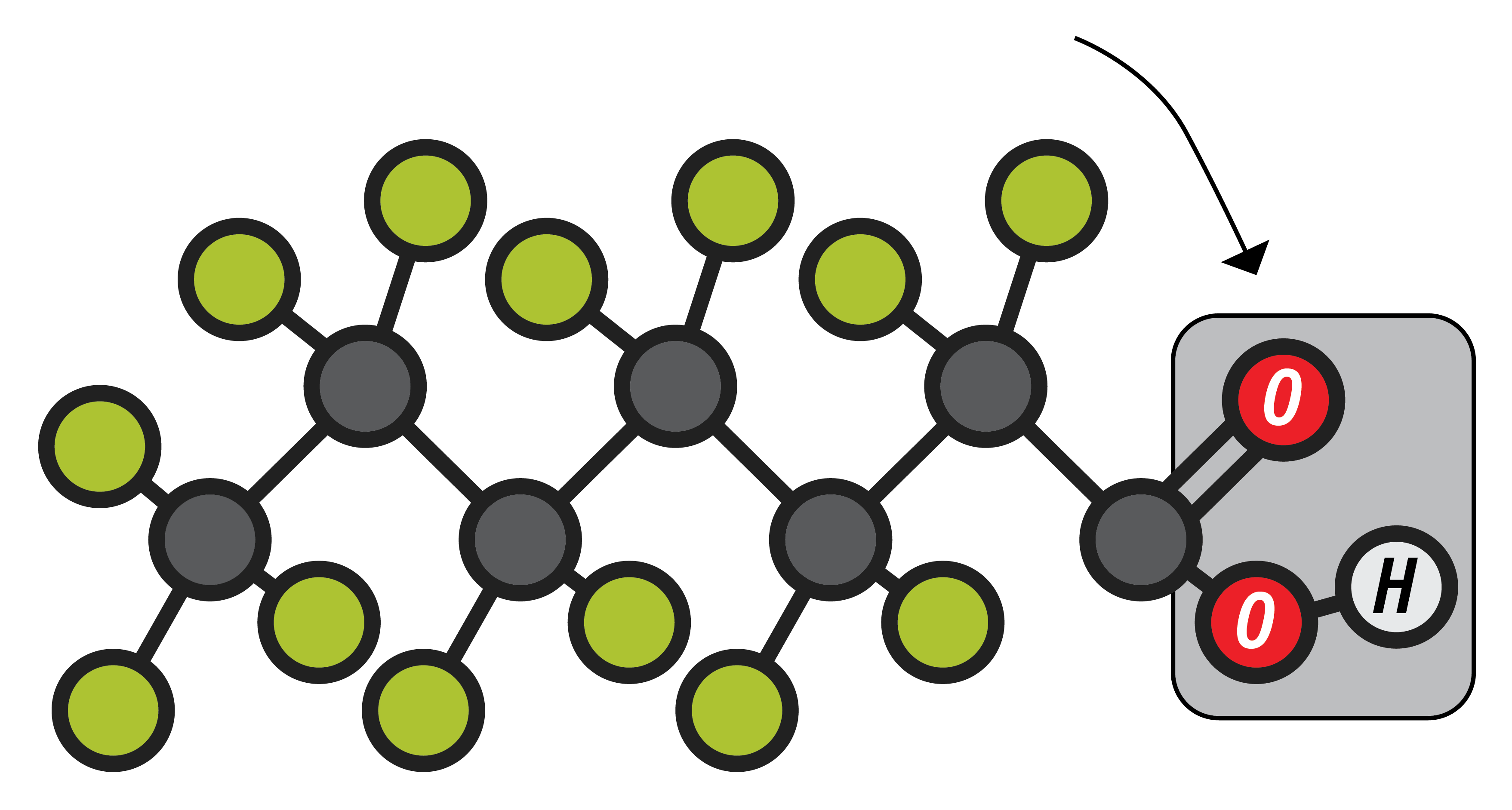the big idea
the big idea
Living with forever chemicals
PFAS are per- and polyfluoroalkyl substances, a group of chemicals used to make consumer products heat, water or stain resistant. Their chemical name is a mouthful, but their nickname, “forever chemicals,” reveals alarming truths scientists now understand about PFAS: They last in the environment for a long time and are difficult to destroy. They can bioaccumulate (build up in the body), and are increasingly found in the blood of people and animals, human urine, and water, air, soil and fish around the globe. Scientists have linked PFAS exposure to multiple effects on human health. While more study is needed, the Environmental Protection Agency recently proposed regulation of six PFAS chemicals in drinking water. See how PFAS get into our environment, how they impact our health and what you can do about it.
Living with forever chemicals
PFAS are per- and polyfluoroalkyl substances, a group of chemicals used to make consumer products heat, water or stain resistant. Their chemical name is a mouthful, but their nickname, “forever chemicals,” reveals alarming truths scientists now understand about PFAS: They last in the environment for a long time and are difficult to destroy. They can bioaccumulate (build up in the body), and are increasingly found in the blood of people and animals, human urine, and water, air, soil and fish around the globe. Scientists have linked PFAS exposure to multiple effects on human health. While more study is needed, the Environmental Protection Agency recently proposed regulation of six PFAS chemicals in drinking water. See how PFAS get into our environment, how they impact our health and what you can do about it.
How PFAS enter the environment
1. Plants we eat take up water with PFAS.
2. Domestic sewage and industrial discharges contain PFAS.
3. Landfills leach into the water supply.

How PFAS enter the environment
PFAS are found in:
Stain-resistant carpets
Water-resistant clothes
Lotion and makeup
Firefighting foam
Nonstick cookware
PFAS are found in:
Stain-resistant carpets
Water-resistant clothes
Lotion and makeup
Firefighting foam
All PFAS contain a chain of carbon atoms bonded to fluorine atoms.

Functional groups distinguish the properties and names of each one.


PFAS may:
Slow metabolism.
Reduce fertility and fetal growth.
Increase cancer risk.
Suppress immune responses.
Nonstick Cookware

All PFAS contain a chain of carbon atoms bonded to fluorine atoms.

Functional groups distinguish the properties and names of each one.

PFAS may:
Slow metabolism.
Reduce fertility and fetal growth.
Increase cancer risk.
Suppress immune responses.

What can I do?
Purchase PFAS-free products.
Stay informed.
Filter water to remove PFAS.
Advocate for policy change to reduce PFAS use.
What can I do?
Purchase PFAS-free products.
Stay informed.
Filter water to remove PFAS.
Advocate for policy change to reduce PFAS use.

Purdue Agriculture, 615 Mitch Daniels Blvd, West Lafayette, IN 47907-2053 USA, (765) 494-8392
© 2025 The Trustees of Purdue University | An Equal Access/Equal Opportunity University | USDA non-discrimination statement | Integrity Statement | Copyright Complaints | Maintained by Agricultural Communications
Trouble with this page? Disability-related accessibility issue? Please contact us at ag-web-team@purdue.edu so we can help.
